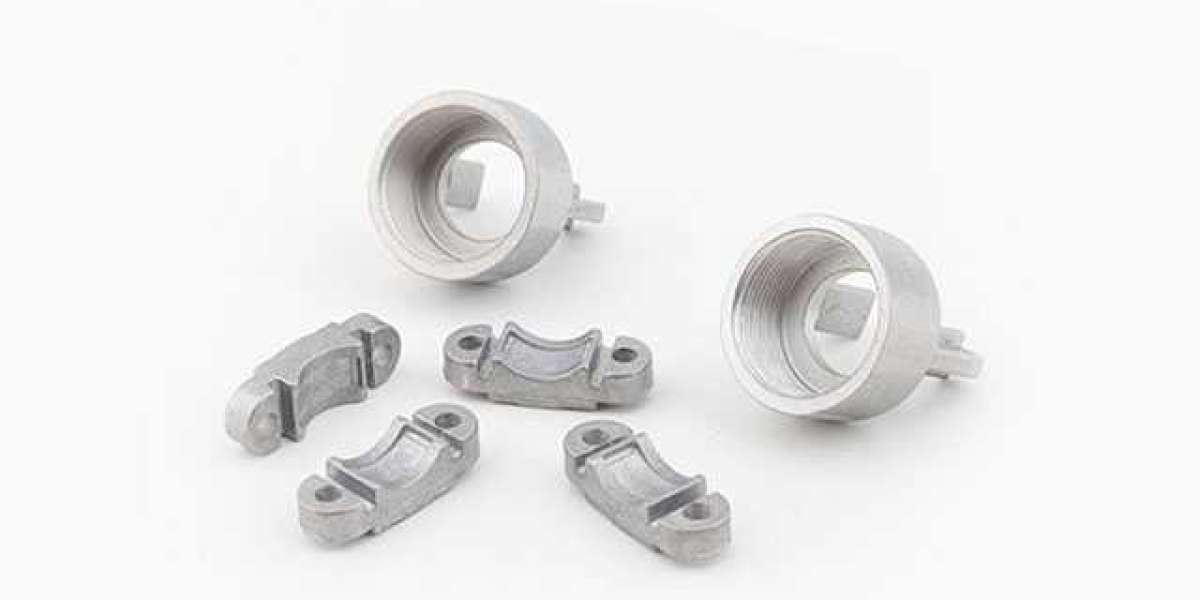In the industry of molds, a wide variety of molds and tools are utilized for the processes of injection molding, blow molding, extrusion, die-casting or forging forming, smelting, stamping, and other procedures in order to obtain the required products. These procedures include: blow molding, extrusion, die-casting or forging forming, smelting, and other procedures. To provide more detail, a mold is a piece of apparatus that is utilized in the process of producing shaped objects. This device is composed of a wide variety of component parts, and each kind of mold has its own special collection of constituent elements to choose from. Its primary purpose is to bring about a change in the material's physical state that is being formed so that the processing of the shape of the article can be accomplished. The individual parts that come together to form the mold. The mold has a particular contour, which can be thought of as the shape of the inner cavity. When combined with the cutting edge, this contour shape can cause the blank to punch according to the shape of the contour line, which is a process known as punching. On the other hand, the shape of the inner cavity can cause the blank to obtain a shape that, when viewed in three dimensions, corresponds to the shape of the contours of the mold.
In the vast majority of instances, the mold is made up of two separate components: the movable mold and the fixed mold, which are also referred to as the punch and the concave mold, respectively. They are capable of being disassembled as well as reassembled. After they have been separated, the blank aluminum die casting parts or the workpiece will be extracted from the machine, depending on which one was the target of the operation. During the processes of blanking, forming stamping, die forging, cold heading, pressing, and compression molding, the external force that is necessary for separation or forming is applied to the blank through the mold. On the other hand, the external force that is necessary for separation or forming is controlled by air pressure during the processes of extrusion, die casting, and injection molding. Blanking, forming, stamping, die forging, cold heading, pressing, and compression molding are some of the manufacturing processes. The force of the blank's expansion is absorbed by the mold as the blank is worked with plugs, punches, and other tools that are functionally equivalent to them. In addition to the mold itself, it also requires supplementary components such as a mold base, a guide device, a part-out device, and a host of other similar devices.
These components are typically fashioned into a universal type so that they can be used with a variety of molds produced by the same manufacturer. This allows the components to be used more efficiently.
The mold appears to be made almost entirely out of a single piece, and it has a complex contour. The production of molds necessitates a high level of technological sophistication because of the stringent requirements it has for structural strength and stiffness, surface hardness and surface roughness, and machining accuracy. These requirements can be found in the molds themselves. Mold availability in a timely manner and quality have a direct bearing not only on the cost of creating new products but also on the quality of the products that are already on the market. As a consequence of this, the quantity of molds that are produced is one of the primary indicators that can be utilized in order to ascertain the quantity of mechanical manufacturing. On the basis of the various kinds of materials that need to be molded, molds can be divided into two distinct categories: those made of metal and those made of materials other than metal. Plastic molds and inorganic non-metal molds are two subcategories that can be used to further categorize molds that are not made of metal. Metal molds can be further subdivided into die-casting molds, extrusion molds, and stamping molds, amongst other types of molds, depending on the manufacturing process they are used for.
Subdivision molds include: punching dies, plastic dies, die-casting dies, forging dies, powder metallurgy dies, drawing dies, extrusion dies, rolling dies, glass dies, rubber dies, ceramic dies and other types. Blanking dies, drawing dies, bending dies, progressive dies, fine punching dies, and trimming dies are all examples of stamping dies. Presses use stamping dies to separate, form, or join metal and non-metallic die casting company sheets or profiles into products and parts. These sheets or profiles can be either metallic or non-metallic. The plastic mold exerts enough pressure on the molten plastic raw material to force it into the cavity, where it then causes the raw material to solidify and take the shape of the mold that will be used to produce the products and parts. This category encompasses a wide variety of molds, including but not limited to injection molds, compression molds, pressure injection molds, extrusion molds, blow molding molds, thermoforming molds, foaming molds, and so on. Die-casting molds are constructed in such a way that liquid metal can quickly fill the cavity under pressure. After the liquid metal has filled the cavity, it can then cool down and solidify to form a mold for the workpiece.
Metal blanks are transformed into workpieces and blanks through the use of forging dies, which can include hammer forging dies, mechanical press forging dies, screw press forging dies, hydraulic press forging dies, flat forging dies, and so on. Molds of various types, such as compression molds, isostatic pressing molds, injection molds, extrusion molds, shaping molds, and others, are utilized in the process of powder metallurgy. During the process of powder metallurgy, these molds are utilized to shape various types of powders, including metal and non-metal powders, into blanks and workpieces. When a drawing die is applied to a metal blank, it causes the blank to extend and deform as it passes through the horizontal hole while being subjected to tension. This results in the production of bars, wires, wires, profiles, parts, and other products and parts. The drawing die is a type of mold. When applied to a metal blank, it causes the blank to extend and deform. Including steel drawing die, carbide drawing die, diamond drawing die, diamond coating drawing die, ceramic drawing die, etc.
In order to form profiles or products, as well as molds for workpieces, extrusion dies cause metal billets to plastically deform under the action of extrusion force. This results in the formation of workpiece molds. Extrusion dies are available in a wide variety of configurations, such as positive extrusion dies, reverse extrusion dies, forward and reverse extrusion dies, radial extrusion dies, Upsetting extrusion compound die, and many more. Roller dies can use rotational pressure to separate, form, compound, correct, join, or transfer metal or non-metal plates, profiles, and bars into products and parts. Roller dies can also transfer plates die casting aluminum and parts. This includes roll punching dies, roll bending dies, and any other kinds of roller dies that you can think of. Molds of any kind that are used to shape raw glass into mouths and parts are referred to collectively as "glass molds." Examples of glass molds include bottle molds, vessel molds, thermoforming molds, drawing molds, pressing molds, blowing molds, centrifugal molds, and calendering molds, amongst others. Glass molds can also be classified according to the method of shaping the glass. There are also blowing molds, centrifugal molds, and centrifugal molds in addition to the other types of molds.
Rubber molds are used to shape rubber raw materials into finished goods and components so that the molds can be reused. Molds that are made of rubber can come in a variety of forms, including vulcanized rubber molds, thermoplastic rubber molds, liquid rubber molds, latex molds, compression molds, injection molds, extrusion molds, tire molds, and tire molding drum molds, amongst other variations. Ceramic molds are any molds that are used to shape ceramic raw materials into blanks or finished goods, and the term "ceramic mold" refers to these molds. Plastic forming molds, rolling forming molds, extrusion forming molds, grouting forming molds, pressing forming molds, isostatic pressing forming molds, and other types of molds are all examples of ceramic molds. Other types of ceramic molds include extrusion forming molds. Molds are tools that are used for the efficient mass production of related parts and components in industrial goods. Molds are typically made out of metal or plastic. Because it is such an important piece of essential process equipment in the manufacturing industry, it is often referred to as the "mother of industry." This nickname comes from the fact that it has been around for so long and has been used in so many different industries. Mold is a mother of industry, as can be seen from the information that was presented earlier in this paragraph.








